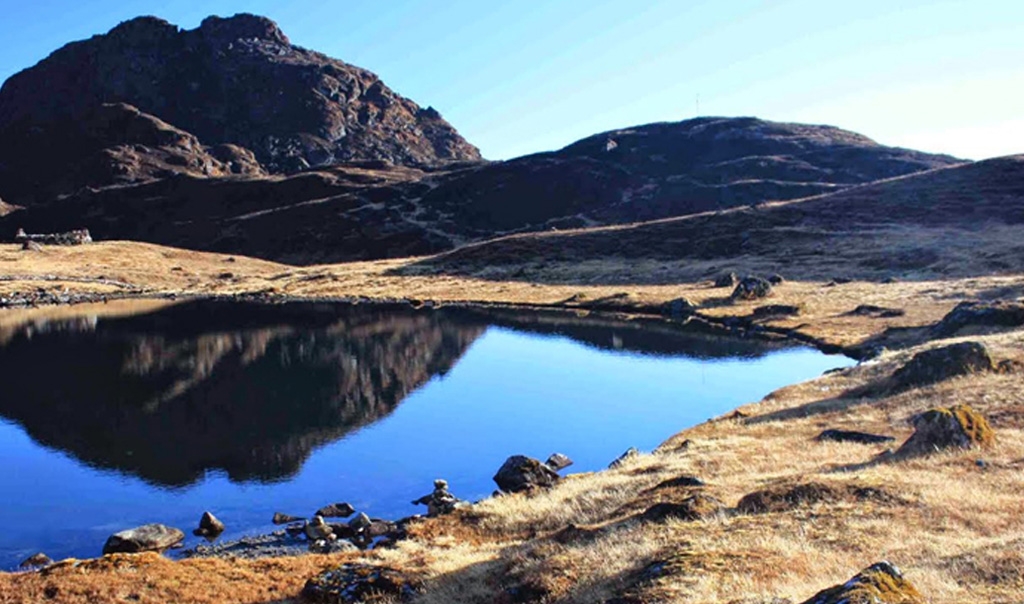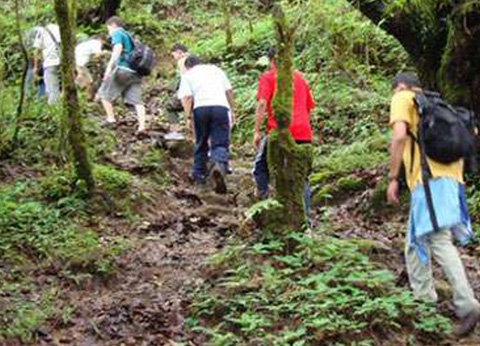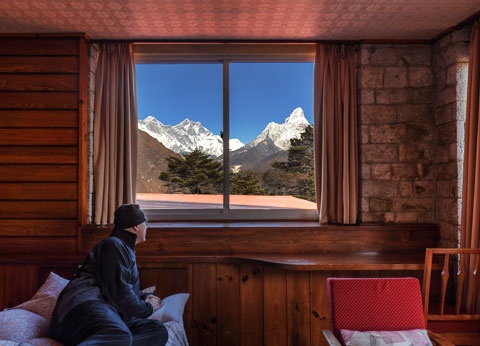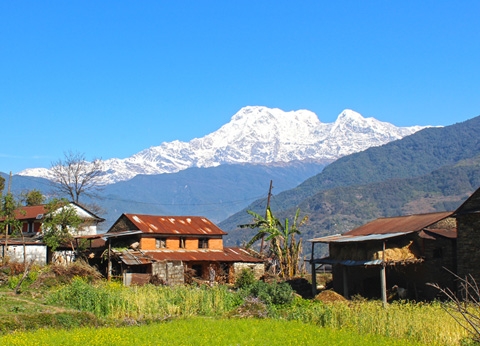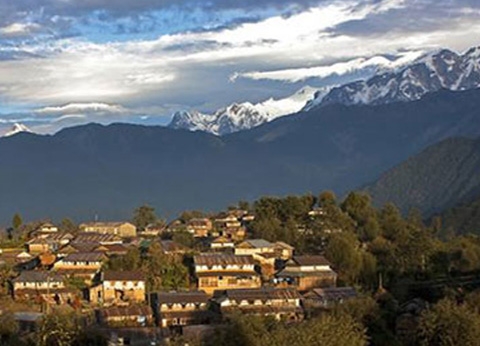About Panch Pokhari Trek
The trek to Panch Pokhari begins in Chautara, the headquarter of the Sindhupalchok district. It takes about a week to walk through typical Nepali villages to reach this destination. This trek is an extremely satisfying out-of-the-way journey through untouched and untainted settlements in Nepal. Panch Pokhari Trek is an amazing alternative to see the peaceful side of Nepali villages. While you stay in tea-houses in other prominent trekking trails in Nepal here you will move from one camp to the other set in the beautiful wilderness. In comparison, while popular treks tend to be crowded, here you are mostly by yourself or your small group walking freely in nature.
The trek in the lower areas is lined with ethnic villages of Gurungs, Newars, and Brahmins but the higher areas of the trail rarely contain human settlement. This particular feature makes this trek attractive with a quiet and beautiful stroll through beautiful woods, untainted waterfalls, absolutely gorgeous gorges, and heart-touching landscapes of the Rolwaling mountain range. The mix of experiences is simply amazing.
This trek provides a genuine and significant picture of Nepal and will get you an experience of trekking in the amazing wilderness. A greater portion of this trekking trail is lined with lavish woods and mind-blowing views of nature before we reach Panch Pokhari.


